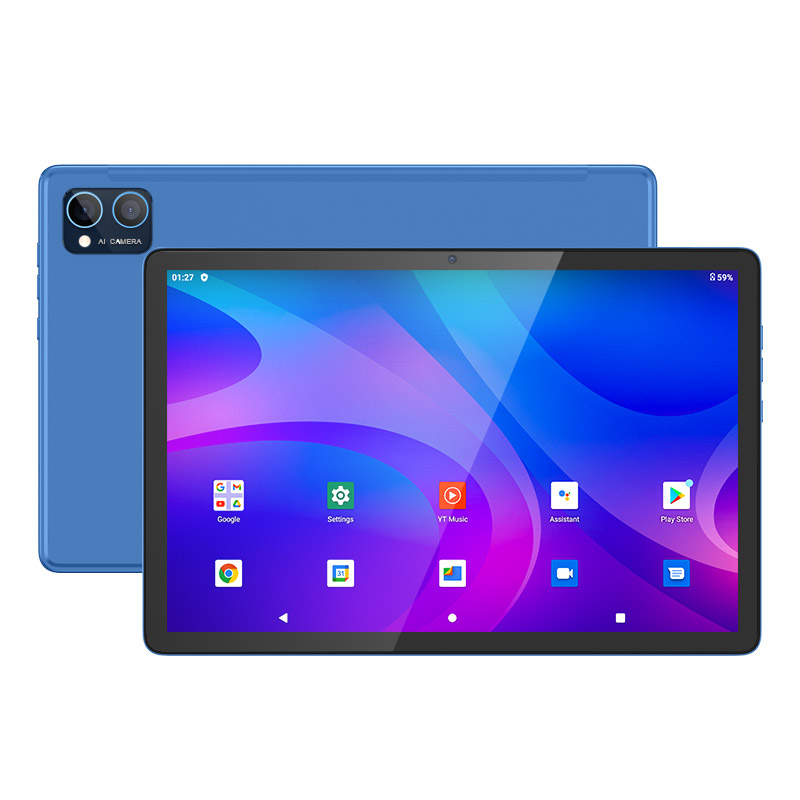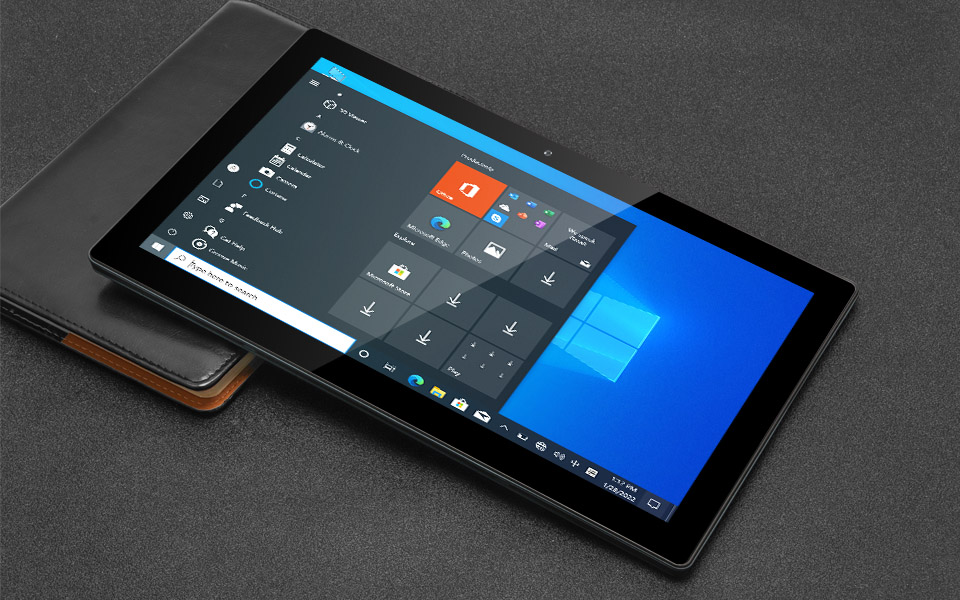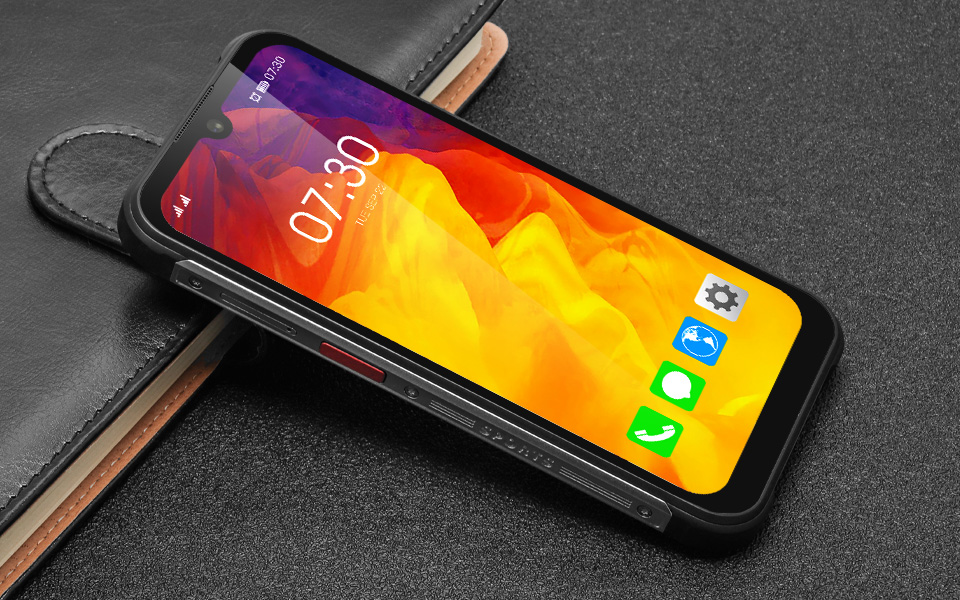Recent Blog
-
UNIWA will bring new models of handheld smart terminals to MWC Barcelona 2025. Our booth number is 7F21. Welcome to visit us!
2025-01-18 -
Welcome to visit our booth 5H26.From October 18th~21st 2023,UNIWA will participate in the Hong Kong Global Sources Electronics Fair
2023-09-19 -
Welcome to visit our booth 5J29. From April 18th~21st 2023, UNIWA will participate in the Hong Kong Global Sources Electronics Fair
2023-04-03 -
The Top 6 Android Barcode Scanners in 2023
2023-02-24
How to Distinguish Capacitive Touchscreen and Resistive Touchscreen?
There are a variety of touch technologies available today, with each working in different ways, such as using infrared light, pressure or even sound waves. However, there are two touchscreen technologies that surpass all others - resistive touch and capacitive touch.
Selecting the most suitable type of touch screen for your mobile phone or tablet PC can improve device functionality and durability, which can mean a significant increase in customer adoption.
How can you choose which touch screen option best aligns with your needs?
Let's figure out some facts about capacitive touchscreen and resistive touchscreen first.

What is Resistive Touch?
Resistive touchscreens use pressure as input. Made up of several layers of flexible plastic and glass, the front layer is scratch resistant plastic and the second layer is (usually) glass. These are both coated with conductive material. When someone applies pressure to the panel, the resistance is measured between the two layers highlighting where the point of contact is on the screen.

Advantages of Resistive Touch
Some of the benefits of resistive touch panels include:
- Minimal production cost;
- Flexibility when it comes to touch (gloves and styluses can be used) ;
- Durability – strong resistance to water and dust
Disadvantages of Resistive Touch
- Cannot respond to multitouch sensing
- Less sensitive and so need some pressure to be applied for it to work
- Thick top layer results in lower clarity of display
- The screen is more easily scratched or damaged

What is Capacitive Touch?
Capacitive touchscreens, on the other hand, respond directly to the touch of your finger or an input device such as a stylus. Although they were invented almost a decade before the first resistive touchscreen, they became popular only recently.
Unlike the resistive touch displays that relies on mechanical pressure applied to the surface, capacitive touchscreen makes use of human body’s natural conductivity to operate. These screens are made of transparent, conductive material—usually ITO—coated onto a glass material.
As you touch the glass material with your finger, the static electricity stored in it transfers to the finger. The sensors in the processors use this change in electricity to determine the position of the touch. These sensors are very sensitive and can track even the slightest of touch, making capacitive touchscreens more receptive than resistive types.

Advantages of Capacitive Touch
- Offer multitouch sensing functions
- Durability
- High degree of optical transmission and avoid the appearance of haze to users
- Support medical glove and thick industrial glove operation, as well as passive stylus operation
- Can be customized with different cover lens materials (soda lime, super glasses, PMMA) based on application specific needs
- Ease of cleaning
Disadvantages of Capacitive Touch
- More expensive than resistive touch screens
- Non-conductive tool like a pencil can’t activate the screen
- Highly sensitive means it can be activated at the lightest of touch – may lead to accidental touch

Conclusion
While it’s clear that capacitive touchscreens are dominating the electronic devices' market, resistive touchscreens still have an advantage in some ways.
If you’re looking for a cost-effective touchscreen that can operate with simple tap inputs in rugged environments, resistive is the way to go. For more advanced and intuitive touchscreen technology with higher quality applications, choose capacitive touchscreens.
To learn more about information about electronic devices, like mobile phone, tablet pc, etc, we are here to help. You can click the Free Inquiry button at the side, or click here. You are always welcome to contact us!
Describe Your Needs In Detail!
We will carefully evaluate your needs and give professional solutions.
